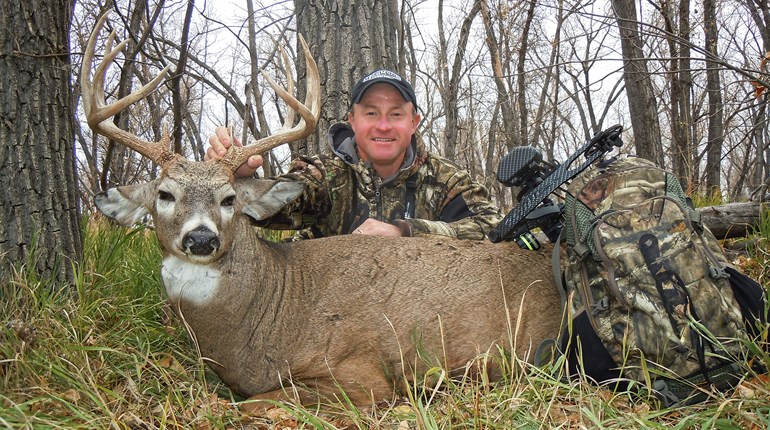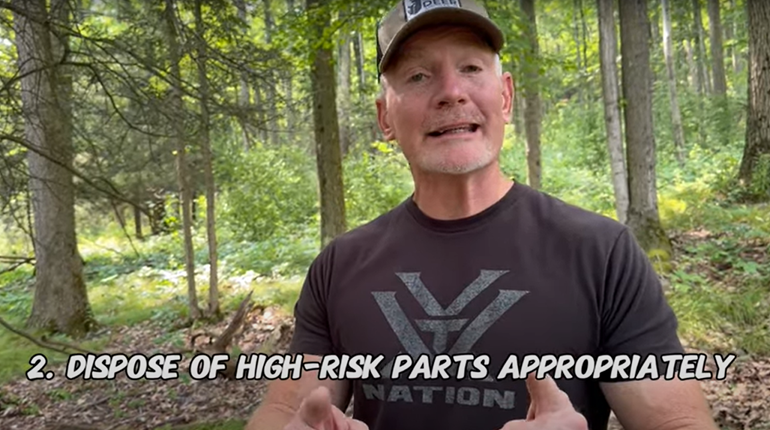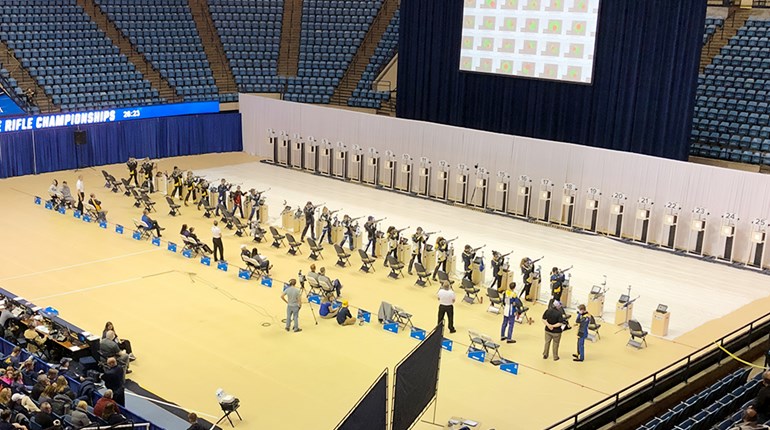
A new study based on extensive harvest data from 36 Western U.S. and Canadian mule deer management units found that shooting more bucks one year consistently reduced chronic wasting disease cases the next year.
That strategy also proved most effective when the buck harvests occurred near or during the rut. That’s probably because rutting bucks take more risks, and mature bucks are more likely to carry CWD, which makes them even more vulnerable to hunters. In effect, the rut helps hunters remove bucks more efficiently from the landscape, which reduces more bucks than do hunts held before or after the rut.
This new study didn’t make projections based on information plugged into computer models. Rather, the researchers analyzed 10 to 19 years of harvest data from Utah, Colorado, Nebraska, Wyoming and Alberta, and then drew their conclusions after comparing those data with past and current CWD prevalence rates. The researchers also found that sustaining higher buck harvests for several years reduced CWD prevalence in adult bucks. Those higher harvests were especially effective if they occurred soon after CWD first appeared in an area, and before it reached 5 percent prevalence in the herd.
The study, titled “The Relationship Between Harvest Management and Chronic Wasting Disease Prevalence Trends in Western Mule Deer,” appears in the October 2021 issue of the Journal of Wildlife Diseases.
Jim Heffelfinger is a researcher at the University of Arizona and the wildlife science coordinator for the Arizona Game and Fish Department. Heffelfinger also chairs the Mule Deer Working Group for the Western Association of Fish & Wildlife Agencies. Heffelfinger said this study suggests wildlife agencies could slow, stop or reverse CWD’s spread and infection rates by focusing more hunting pressure on bucks during the rut.
Slow or Stall CWD
As the researchers wrote, “It’s encouraging that modest increases in harvest might be sufficient to slow epidemic growth or stabilize prevalence in some areas.” The study found that for every 100 additional bucks shot annually in a management unit, CWD prevalence dropped 2 percent. Likewise, for every 1,000 bucks killed, CWD prevalence fell 19 percent.
 Source: bioone.org
Source: bioone.org
These findings support 2014 research at the University of Wisconsin-Madison that recommended focusing more harvest pressure on bucks. Those researchers, Christopher S. Jennelle, Ph.D., and professor Michael D. Samuel, conceded that many hunters would dislike shooting more bucks to reduce CWD, but said the alternative is that CWD will increasingly infect more deer while spreading across the landscape.
The 2014 Wisconsin study projected a buck-focused plan would soon start reducing CWD rates and drop it into the 5 percent range in 30 to 40 years.
“We’ll probably never get rid of CWD, so the goal becomes how do we get it to a manageable level, one that doesn’t impact our deer herd; and how do we try to contain it so not every area becomes infected?” Samuel said. “If we don’t make changes, we think 50 percent of adult males and 25 percent to 30 percent of adult females will become infected within another decade, and it will have impacts on the deer population.”
Wisconsin’s Natural Resources Board, however, didn’t act on those warnings the past seven years. Meanwhile, Samuel’s predicted infection rates have already been surpassed in large areas of southwestern Wisconsin, with buck infection rates sometimes reaching the high 50s.
Proactive Management
Heffelfinger said Western researchers aren’t calling on hunters and wildlife agencies to kill off all mature bucks, but suggests they try new ways to remove more bucks to keep CWD from harming the overall herd. “No one said conservation was easy,” Heffelfinger said.
In an Oct. 27, 2021, email to fellow Western biologists he wrote: “Science is science, and sometimes it gives us information we don’t want to hear. We know mature bucks have higher CWD prevalence, and we know disease spreads faster in higher-density populations. If one wanted to increase a deer herd’s CWD percentages, and you wanted to spread it over a larger geographic area, you would manage the herd at the highest densities possible and try to maintain the highest number of mature bucks on the landscape.
“But if you want to limit CWD prevalence in wild deer, you’d want to do the opposite,” Heffelfinger continued. “Management changes aren’t popular, but science isn’t a popularity contest. Faced with these data (from the October 2021 study), agencies in CWD-endemic areas must decide what they’re going to do. Will it be status quo, or identify management units with CWD issues and try some harvest management changes?”
Samuel made similar comments in 2014 when discussing Wisconsin’s CWD research project. “The tradeoff between strategies is clear. CWD can eventually be reduced with fewer opportunities to harvest healthy bucks, or more adult bucks may be available for harvest but with higher rates of CWD infection.”
But “more adult bucks” is no certainty in that second scenario. Samuel said as CWD worsens, fewer bucks reach older age classes, and hunters who manage properties for bigger bucks will lose more of them to CWD.
Conclusion
“CWD won’t go away if we ignore it,” Samuel said. “If we don’t do anything, we’ll lose more adult bucks because we’ll get such high infection rates.”
Heffelfinger hopes hunters will accept such challenges the more they understand the options. “Hunters have always been the vanguard of wildlife conservation,” he said. “When needed, they’ve always stepped up to do what’s right.”




































